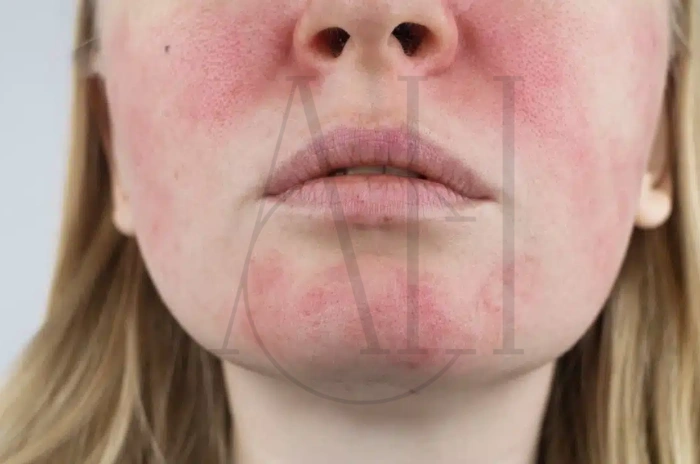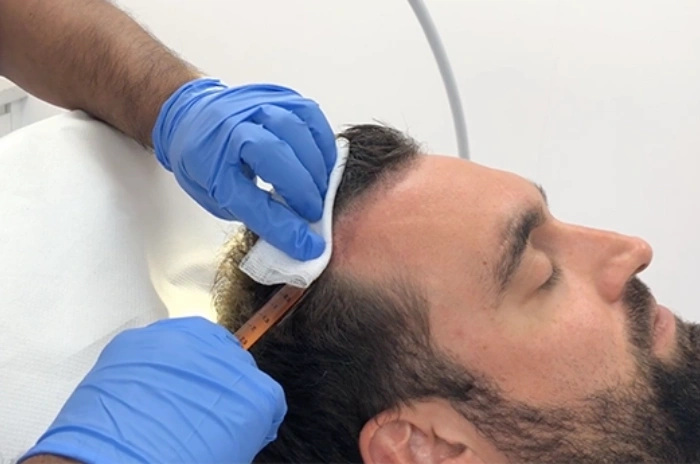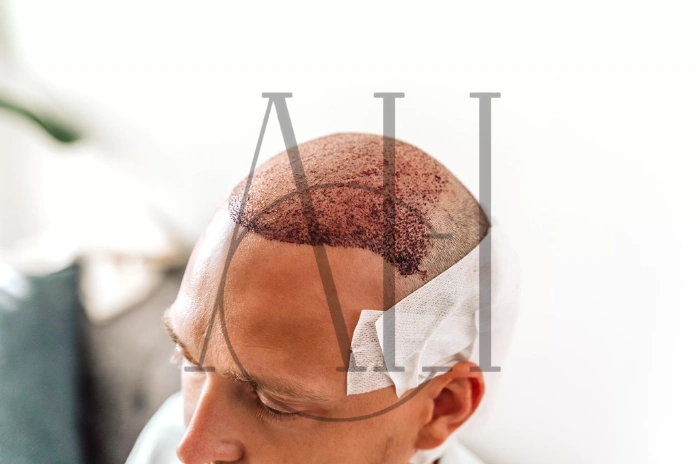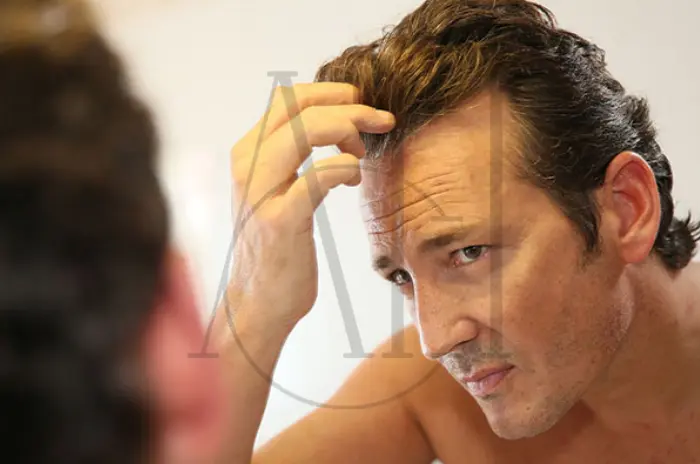Platelet-Rich Plasma therapy has gained significant popularity as a regenerative treatment option for various conditions, from hair loss to joint pain. While PRP therapy side effects are generally mild and temporary, understanding the potential risks and complications is essential for anyone considering this treatment. This comprehensive guide explores everything you need to know about PRP safety, common side effects, and how to minimize potential complications.
Table of Contents
ToggleWhat Is PRP Therapy and How It Works
PRP therapy involves extracting a small amount of your blood, processing it to concentrate the platelets, and then injecting this platelet-rich solution back into targeted areas of your body. The concentrated platelets release growth factors that promote healing and tissue regeneration. This autologous treatment uses your own blood components, which significantly reduces the risk of allergic reactions or rejection.
The procedure typically takes 30-60 minutes and involves three main steps: blood draw, centrifugation to separate components, and injection of the concentrated platelets. Since PRP uses your own blood, it’s considered a relatively safe treatment option. However, like any medical procedure involving injections, PRP therapy side effects can occur and vary depending on the treatment area and individual patient factors.
Is PRP Therapy Safe? Risks and Considerations
PRP therapy is generally considered safe because it uses your own blood components, eliminating the risk of transmitting blood-borne diseases or causing severe allergic reactions. The PRP infection risk is minimal when performed in sterile conditions by qualified professionals. However, certain factors can increase the likelihood of complications.
Patients with blood disorders, active infections, or those taking blood-thinning medications may not be suitable candidates for PRP treatment. PRP contraindications include pregnancy, breastfeeding, platelet dysfunction, and certain autoimmune conditions. A thorough medical evaluation helps identify potential risks before treatment.
The safety profile of PRP therapy varies depending on the treatment area. PRP hair loss side effects are typically milder than those associated with joint injections. The depth of injection, volume of PRP used, and individual pain tolerance all influence the risk of complications. Choosing an experienced practitioner and following pre- and post-treatment instructions significantly reduces the risk of adverse effects.
Pain, Swelling, and Bruising After PRP Treatment
The most common PRP therapy side effects include pain, swelling, and bruising at the injection site. These reactions are normal responses to the injection process and typically resolve within 24-72 hours. The PRP injection pain level varies among individuals but is generally described as mild to moderate discomfort.
| Side Effect | Frequency | Duration | Severity |
|---|---|---|---|
| Pain/Tenderness | 60-80% | 24-72 hours | Mild to Moderate |
| Swelling | 40-60% | 24-48 hours | Mild |
| Bruising | 10-20% | 5-10 days | Cosmetic |
| Redness | 30-50% | 12-24 hours | Mild |
| Itching after PRP scalp normal | 15-25% | 2-5 days | Mild |
Local anesthesia or numbing cream can help minimize discomfort during the procedure. However, some patients may experience increased sensitivity or tenderness for several days after treatment. Ice application and over-the-counter pain relievers can help manage post-treatment discomfort, though aspirin should be avoided as it can affect platelet function.
Swelling is more common with facial PRP treatments and joint injections. The inflammatory response is part of the healing process, as the concentrated platelets trigger tissue regeneration. Mild swelling usually peaks within 24-48 hours and gradually subsides over the following days.

How to Minimize Side Effects After PRP Treatment
Proper pre- and post-treatment care significantly reduces the likelihood and severity of PRP therapy side effects. Before treatment, patients should avoid alcohol, smoking, and anti-inflammatory medications for at least 48 hours. Staying well-hydrated and eating a nutritious meal before the procedure helps ensure optimal blood quality.
Following post-treatment instructions is crucial for minimizing complications. Gentle ice application for 10-15 minutes several times daily can reduce swelling and discomfort. Patients should avoid vigorous exercise, hot showers, and direct sun exposure for 24-48 hours after treatment.
Proper wound care includes keeping the injection sites clean and dry. Avoiding touching or massaging the treated areas prevents introducing bacteria and reduces the risk of infection. PRP recovery time varies but most patients can return to normal activities within 24-48 hours.
Staying hydrated and maintaining a healthy diet rich in vitamins and minerals supports the healing process. Avoiding alcohol and smoking during recovery promotes optimal tissue regeneration and reduces inflammation. Regular follow-up appointments allow healthcare providers to monitor healing progress and address any concerns promptly.
How Long Do PRP Side Effects Last?
Most PRP therapy side effects are temporary and resolve within days to weeks. Immediate effects like pain and swelling typically subside within 24-72 hours. Bruising may last 5-10 days, while more subtle effects like tenderness or slight inflammation can persist for up to two weeks.
The duration of side effects varies based on the treatment area and individual healing capacity. PRP hair loss side effects such as scalp tenderness or mild itching usually resolve within 3-5 days. Joint injections may cause longer-lasting discomfort, with some patients experiencing mild soreness for up to two weeks.
Some patients report temporary worsening of their condition before improvement begins. This initial inflammatory response is normal and indicates that the PRP is stimulating the healing process. For hair loss treatments, temporary shedding may occur in the first few weeks before new growth begins.
Most patients see initial improvements within 4-6 weeks, with continued progress over several months. The timeline for side effect resolution versus therapeutic benefits helps patients understand what to expect during their recovery period.
PRP for Hair Loss vs. PRP for Skin and Joints
PRP hair loss side effects differ significantly from those associated with skin and joint treatments. Scalp injections typically cause less discomfort than deeper tissue injections. Common hair-specific side effects include temporary scalp tenderness, mild swelling, and occasional itching. Itching after PRP scalp normal response that usually resolves within a few days.
PRP microneedling risks for facial treatments include temporary redness, swelling, and sensitivity similar to a mild sunburn. These effects typically last 24-48 hours and are considered normal healing responses. Skin treatments may also cause temporary darkening or lightening of treated areas, though this is rare.
Joint PRP injections carry higher risks of pain and swelling due to the deeper injection sites and larger volumes used. Knee, shoulder, and hip treatments may cause significant discomfort for several days. The risk of infection is slightly higher with joint injections due to the proximity to synovial fluid.
Each treatment area requires specific aftercare protocols. Hair treatments may require gentle shampooing techniques, while joint injections might need activity modifications. Understanding area-specific risks helps patients prepare appropriately for their chosen treatment.
PRP Therapy vs. Other Treatments: Comparing Risks
When comparing PRP risks vs benefits to other treatments, PRP generally offers a favorable safety profile. For hair loss, PRP vs minoxidil side effects show that PRP has fewer systemic effects. Minoxidil can cause scalp irritation, unwanted hair growth in other areas, and cardiovascular effects in sensitive individuals.
Compared to surgical hair transplants, PRP has minimal downtime and no risk of scarring or graft rejection. However, PRP requires multiple sessions and may have less dramatic results than surgical options. The PRP cost and side effects balance favorably when considering the reduced risk profile.
For joint conditions, PRP offers an alternative to steroid injections, which can cause tissue weakening with repeated use. While steroid injections provide faster pain relief, PRP promotes actual tissue healing without the long-term risks associated with corticosteroids.
Compared to surgical interventions, PRP has significantly lower risks of complications such as infection, nerve damage, or prolonged recovery periods. The regenerative nature of PRP therapy addresses underlying tissue problems rather than just managing symptoms.
FAQ :Platelet-Rich Plasma (PRP) Therapy Potential Side Effects
Are there any serious PRP side effects?
Serious side effects from PRP therapy are extremely rare when performed by qualified professionals in sterile conditions.
What are the common side effects?
The most common side effects include mild pain, swelling, and bruising at injection sites, typically resolving within 24-72 hours.
Is PRP therapy for hair painful?
PRP hair treatment causes mild to moderate discomfort during injection, with most patients tolerating the procedure well with topical anesthesia.
How long do side effects last?
Most PRP side effects last 24-72 hours for immediate reactions, with complete resolution typically occurring within 1-2 weeks.




